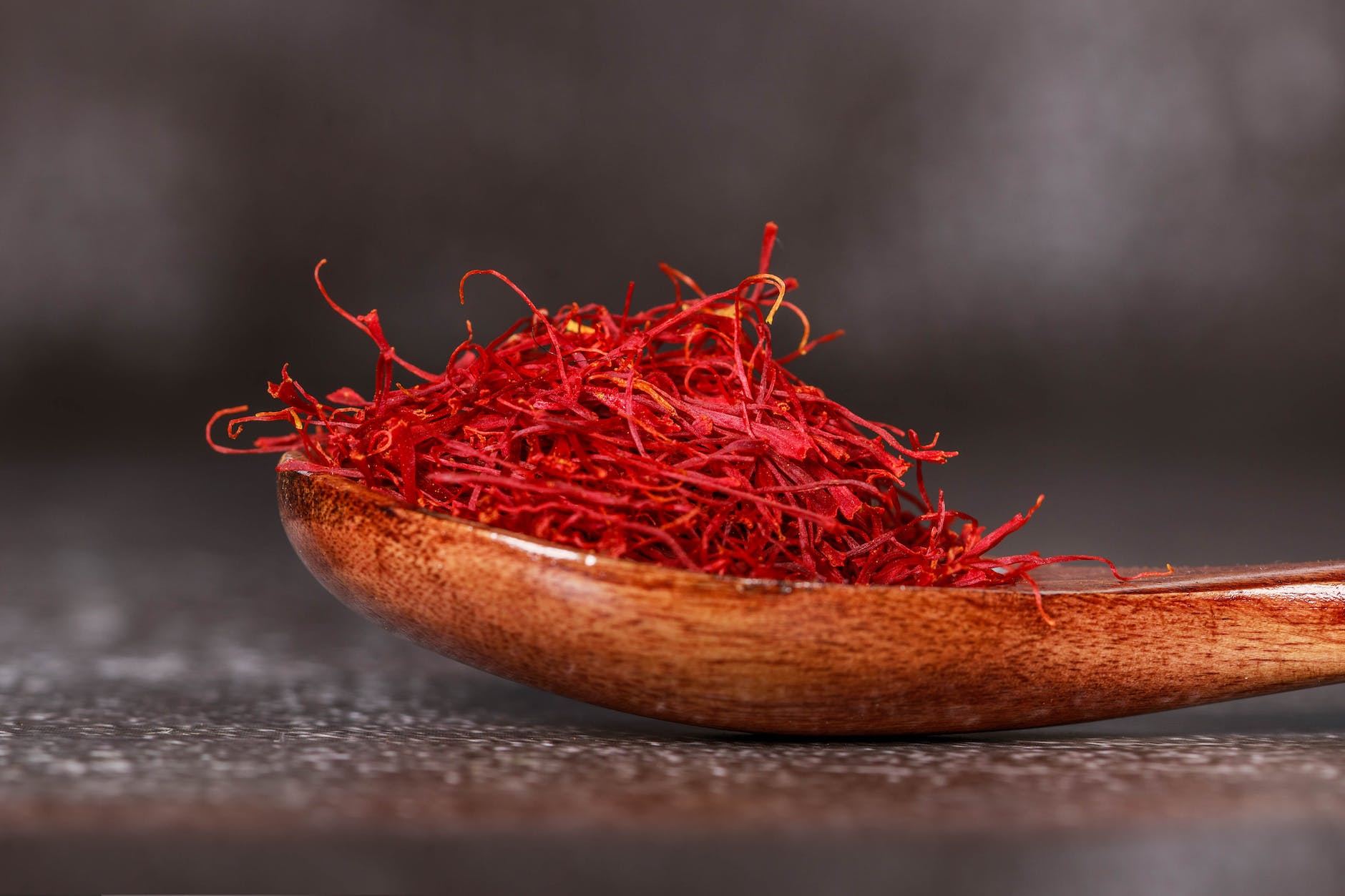
🌿✨Saffron, the prized golden spice, has not only delighted our taste buds but also served as a healing elixir in traditional medicine systems for centuries. Revered for its numerous health benefits, saffron has found its place in ancient healing practices across cultures. In this blog post, we will delve into the healing power of saffron and explore its traditional medicinal uses. Join us on a journey to discover the therapeutic properties of this precious spice and learn how it can enhance your well-being. Let’s uncover the secrets of saffron in traditional medicine!
1. Ayurvedic Wellness: Balancing the Doshas with Saffron: 🌿 In Ayurveda, the ancient Indian system of medicine, saffron is highly regarded for its ability to balance the doshas, the fundamental energies that govern our physical and mental well-being. Saffron is considered a Tridoshic herb, meaning it can harmonize all three doshas – Vata, Pitta, and Kapha. It is believed to have a calming effect on the nervous system, promote digestion, and improve circulation. Saffron is incorporated into Ayurvedic formulations to promote vitality, calm the mind, and support overall wellness. Embrace the wisdom of Ayurveda and harness the balancing properties of saffron for optimal health.
2. Soothing the Soul: Saffron in Traditional Chinese Medicine: 🌸 In Traditional Chinese Medicine (TCM), saffron is recognized for its ability to regulate and invigorate the flow of Qi, the vital energy that circulates through our body. It is believed to have a warming nature and acts on the Heart and Liver meridians. Saffron is considered beneficial for nourishing the Blood, promoting blood circulation, and relieving stagnation. It is often prescribed in TCM to alleviate menstrual discomfort, regulate mood, and enhance overall vitality. Saffron’s unique properties make it a valuable herb in restoring balance and promoting well-being. Discover the soothing and harmonizing effects of saffron in your holistic wellness journey.
3. Calming the Mind: Saffron in Persian Medicine: 🌙 Persian medicine, an ancient healing tradition rooted in Persia (modern-day Iran), has embraced saffron as a powerful remedy for calming the mind and promoting emotional well-being. Saffron is cherished for its potential to uplift the spirit, reduce anxiety, and alleviate symptoms of depression. The unique compounds present in saffron, including safranal and crocin, are believed to enhance serotonin levels in the brain, contributing to a sense of tranquility and inner peace. Saffron is often used in Persian medicine to promote relaxation, improve sleep quality, and support emotional balance. Unlock the secrets of saffron in Persian medicine and experience its calming effects on the mind and soul.
4. Anti-inflammatory and Antioxidant Potency: 🌟 Saffron’s medicinal value extends beyond its psychological benefits. It possesses potent anti-inflammatory and antioxidant properties, making it a valuable ally in combating oxidative stress and inflammation. The active compounds in saffron, including crocin, crocetin, and safranal, have shown potential in reducing inflammation and oxidative damage in the body. These properties contribute to saffron’s therapeutic effects on various conditions, such as arthritis, cardiovascular diseases, and neurodegenerative disorders. Embrace saffron as a natural anti-inflammatory and antioxidant agent to support your overall health and well-being.
5. Digestive Harmony: Soothing the Stomach and Improving Digestion: 🌿 Saffron has long been used to promote digestive health and soothe various gastrointestinal discomforts. It is believed to stimulate the production of digestive enzymes, improve appetite, and ease indigestion and bloating. Saffron’s carminative properties help alleviate gastrointestinal spasms and reduce flatulence. Saffron-infused teas or herbal preparations are often consumed to support a healthy digestive system, improve nutrient absorption, and restore balance to the gut. Embrace the digestive benefits of saffron to promote harmony within your stomach and optimize your overall digestive function.
Conclusion: ✨🌿 Saffron, with its rich history in traditional medicine systems, continues to captivate us with its healing potential. From Ayurveda’s emphasis on balancing the doshas to Traditional Chinese Medicine’s focus on vital energy flow, and Persian medicine’s soothing effects on the mind, saffron has been revered for its holistic benefits. Additionally, saffron’s anti-inflammatory, antioxidant, and digestive properties further contribute to its healing power. Incorporate saffron into your wellness journey and unlock the ancient secrets of this golden elixir. Let saffron be your companion in pursuing a healthier and more harmonious life.












